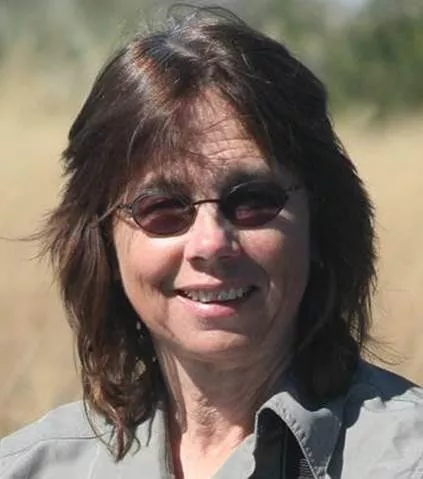TWS/NRESi Colloquium: Chronic wasting disease: Where is it leading us? Dr. Evelyn Merrill, U of AB

Chronic wasting disease (CWD) is a transmissible spongiform encephalopathy that is host specific to cervids, including deer, elk and moose, and is 100% fatal. Although CWD has been detected in 25 different states in the USA, Alberta is one of only two provinces in Canada where chronic wasting disease has been detected in the wild. CWD was first detected in free-ranging deer in Alberta in 2005 and to date over 340 cases have been reported in eastern Alberta. An early, aggressive program to contain the spread of CWD by reducing deer numbers in areas around infected individuals in 2006-2008. The program met with political resistance and the selective herd reduction was stopped despite initial evidence it was slowing the rate of increase in population prevalence. Nevertheless, Alberta has maintained one of the longest and most consistent hunter- based CWD surveillance programs in North America. In support of CWD management, our research has addressed 3 issues. First, we have developed a weighted surveillance approach to assess the adequacy of sampling to detect the disease. Second, using surveillance data collected in Alberta and Saskatchewan, we developed a risk assessment model to predict the probability of a hunter-harvested deer being CWD-positive based on deer species and sex, landscape characteristics of where it was killed, and a metric of connectivity to known sources of CWD based on deer movement. The model has been used to inform landowners and hunter of areas of high risk, where the disease is likely to spread, and guide where a change in voluntary to mandatory surveillance is warranted. Third, CWD can be transmitted animal-to-animal and through the environment, yet little is known about which is the major transmission pathway as the disease progresses. We derived a mechanistic epidemiological model to identify the transmission routes most likely to produce the observed male: female ratio of 3:1 prevalence in hunter-harvested deer. Although we found several mechanisms that may produce this result, segregation of the sexes was a key process across mechanisms. I will also describe evidence for how the age/sex structure of various harvest strategies may influence population-level CWD prevalence.
The Natural Resources & Environmental Studies Institute (NRESi) at UNBC hosts a weekly lecture series at the Prince George campus. Anyone from the university or wider community with interest in the topic area is welcome to attend. Presentations are also made available to remote participants through Livestream and Blue Jeans. Go to http://www.unbc.ca/nres-institute/colloquium-webcasts to view the presentation remotely.
Past NRESi colloquium presentations and special lectures can be viewed on our video archive, available here.
Contact Information
Al Wiensczyk, RPF
Research Manager,
Natural Resources and Environmental Studies Institute
Phone: 250-614-4354
Phone: 250-960-5018
Email: al.wiensczyk@unbc.ca